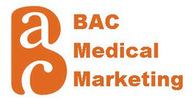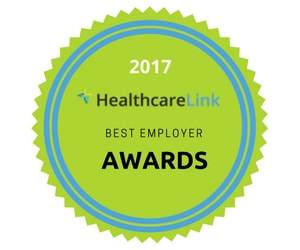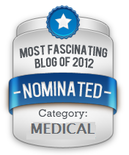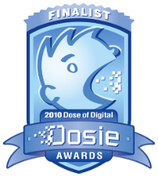According to statistics, approximately eight million Americans search for medical information online each day. To ensure that even a small portion of those eight million people make it to your medical web site, you need to increase your site’s search engine visibility with SEO. In order to develop an effective search engine optimization strategy for your medical marketing campaign, work with an Internet marketing entity, like BAC Medical Marketing, that specializes in the healthcare field. Medical SEO poses unique requirements that only expert marketing specialists can fulfill.
Keyword Research
SEO primarily starts with keyword research. To start, medical practices can list relevant keywords related to their specialization, treatments, services, geographical area, and diseases and conditions treated. After brainstorming a broad range of relevant terms, you can use web-based keyword research tools to determine specifically what relevant words and phrases your potential patients are actually searching for online. You can target as many keywords as pages that your website has. In general, it’s effective to optimize each page for one to two primary keywords. You can also use several other related terms on each page.
Link Building
Another important and effective way to bring traffic to your web site is through link building. Search engines judge the importance, authority, and relevancy of your web site based on the number of other web sites that link to your site. The more relevant the web sites are that link to you, the stronger those links are considered. In the early days of medical SEO, it was not uncommon for SEO companies to buy links and submit web sites to various directories in order to generate links. However, as search engines continue to evolve, they increasingly devalue directory links. They have gone as far as to blacklist web sites that pay for links.
In order to generate legitimate links for your web site, your best bet is to focus on a content marketing strategy. People are attracted to great content, so if you build great content throughout your site and on your blog, you’re bound to attract links eventually. However, content marketing is not a “build it and they will come” strategy. You have to write great content and then market it like crazy in order to spread the word. One great way to build links organically is through social media marketing. So, once you create a blog and web site content, you can market your content via social media networks like Facebook and Twitter.
Another way to accumulate links is through contacting other web sites in your field and asking them if they would post your link. You can ask big bloggers and webmasters in your field for links politely by telling them how much your content would benefit their readers. You can also ask bloggers to exchange links with you, but this practice is generally frowned upon in the blogosphere. Another way to get good links is by researching your competitors’ back links and finding out if you can get back links from the same sites.
It’s important to update your web site regularly in order to attract links and traffic. Furthermore, search engines tend to value web sites that are updated frequently. Keyword research should also be something that you make a constant effort to do to ensure that your site is optimized for the latest keywords in your niche. Keywords may also change depending on the season, so make sure you create content with seasonal trends in mind.
On-Site Optimization
To ensure that search engines can crawl and index your site properly, you have to use on-site optimization techniques. Some basics of on-site optimization include create a site map, alt tags, header tags, and internal anchor text links that contain target keywords. Another important aspect of on-site optimization is content creation. Your site must be content-rich in order to rank better on search engines. Hire a qualified search engine optimization entity to help you optimize your medical practice’s web site for target terms. Furthermore, make sure that your site is designed with SEO in mind. For example, avoid creating a site purely with Flash, because Flash web sites are very difficult to optimize.
An effective medical SEO strategy requires constant care and effort. Hire experienced medical marketing specialists to help you achieve and retain high search engine rankings. Search engine algorithms are constantly shifting, so it’s more important than ever to invest in an ongoing SEO strategy.

 RSS Feed
RSS Feed































